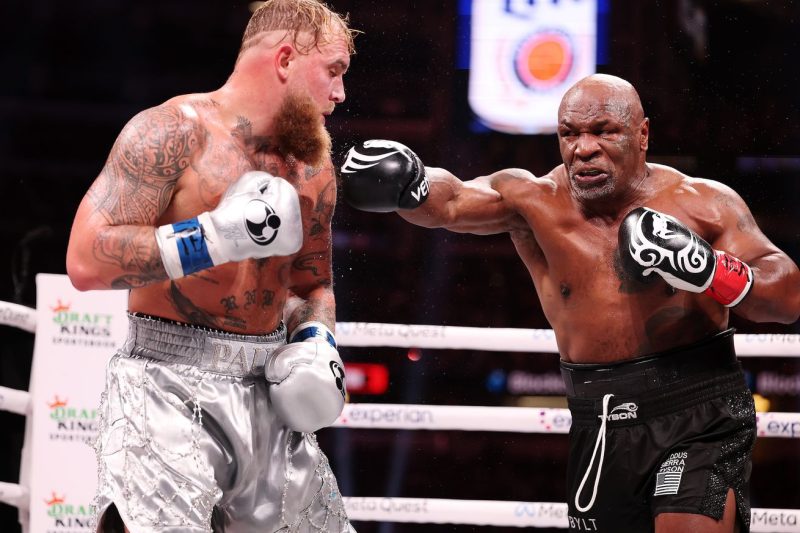The recent Tyson vs. Paul fight, available on Netflix, captivated the attention of millions of viewers worldwide with Netflix announcing that the event was streamed in over 60 million households. This unique offering by the streaming platform marked a significant shift in the entertainment landscape, showcasing the increasing popularity of combat sports and the growing influence of digital distribution platforms.
One of the key aspects that made the Tyson vs. Paul fight stand out was the unconventional approach of Netflix in bringing this high-profile event to its subscribers. By partnering with the event organizers, Netflix demonstrated its willingness to experiment with new content formats and cater to the diverse interests of its audience. This move not only expanded Netflix’s reach to a broader demographic but also established its reputation as a platform that offers more than just traditional scripted entertainment.
The decision to stream the fight on Netflix also underscored the platform’s commitment to providing exclusive and engaging content that goes beyond the realm of standard offerings. By bringing this boxing match to its subscribers, Netflix tapped into the global appeal of combat sports and leveraged the star power of legendary boxers like Mike Tyson and emerging personalities like Jake Paul. This strategic move not only attracted existing subscribers but also drew in new audiences who were interested in experiencing live sporting events from the comfort of their homes.
Moreover, the success of the Tyson vs. Paul fight on Netflix highlighted the potential for digital streaming platforms to disrupt the traditional pay-per-view model prevalent in the sports industry. By offering the fight as part of its subscription service, Netflix provided added value to its members without requiring them to pay extra for access. This innovative approach not only democratized access to premium sporting events but also set a new standard for how such content can be disseminated and consumed in the digital age.
Furthermore, the overwhelming response to the Tyson vs. Paul fight on Netflix served as a testament to the platform’s ability to adapt to changing consumer preferences and capitalize on emerging trends in the entertainment landscape. By recognizing the growing popularity of combat sports and the increasing demand for live events, Netflix demonstrated its agility and foresight in curating content that resonates with a diverse and dynamic audience.
In conclusion, the Tyson vs. Paul fight streamed on Netflix to 60 million households signified a significant milestone in the evolution of digital entertainment and sports broadcasting. By embracing this unique opportunity and delivering a high-profile event to its subscribers, Netflix not only expanded its reach and diversified its content offerings but also set a new standard for how live sporting events can be distributed in the digital era. This groundbreaking initiative not only solidified Netflix’s position as a leading player in the streaming market but also exemplified its commitment to innovation and audience engagement in an ever-evolving media landscape.

